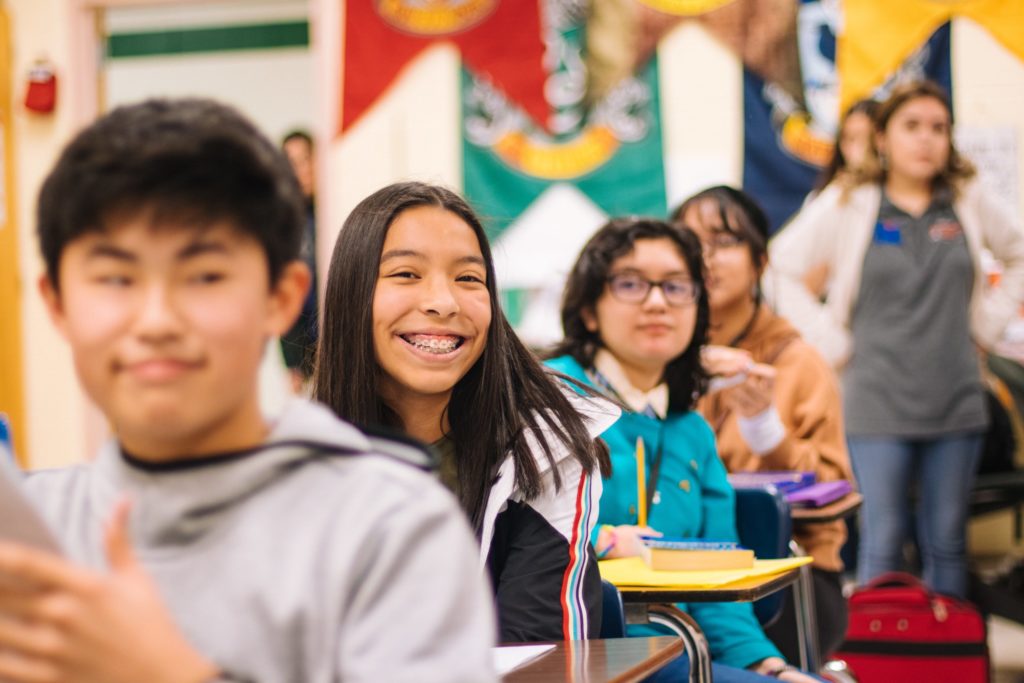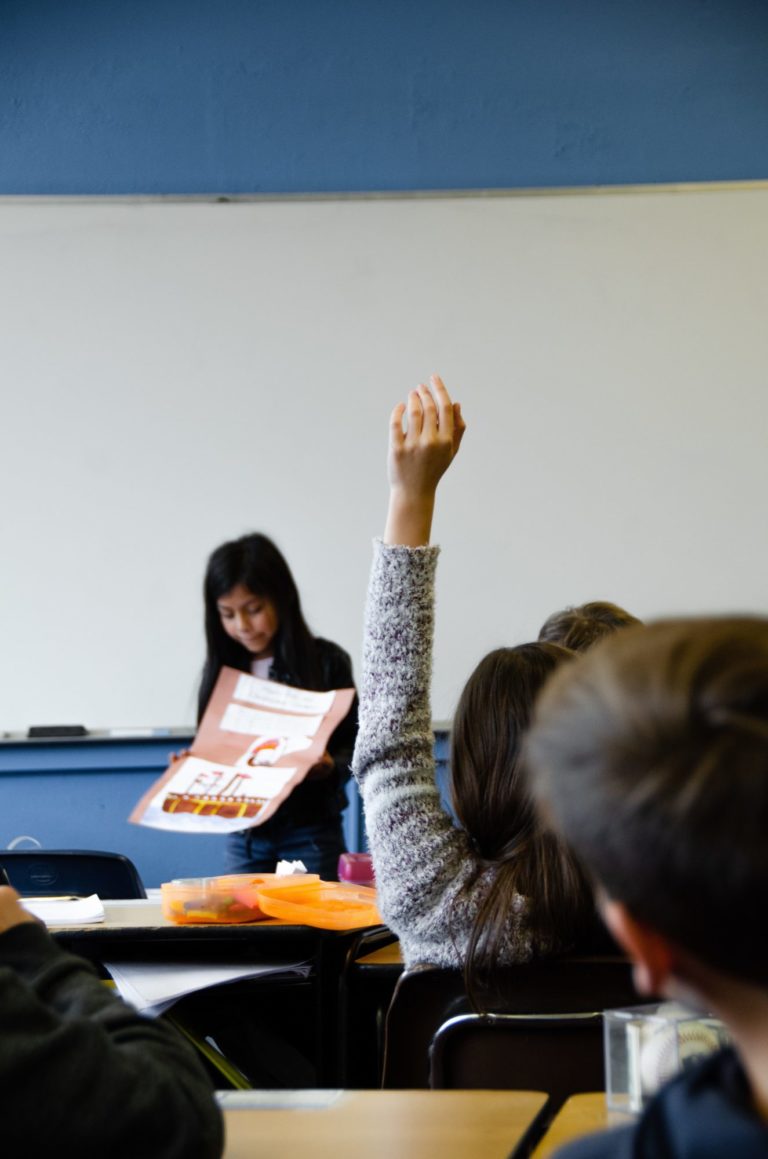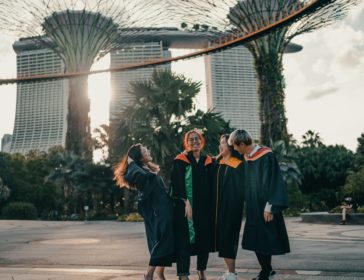
Learn
- SINGAPORE
Local Versus International Schools In Singapore
Which Is Better Choice For Your Child & Why?

The local vs international schools debate is a forever-burning topic among expat parents in Singapore. We’ve been there ourselves (still are!) and we’ll let you know right away that there is no definitive, one-size-fits-all answer – no one can make the decision for you.
However, we’ve done what we could do for you and broken this overwhelming dilemma down to its constituent parts. Find out about the difference in culture & language, curriculum, values & approaches, costs & admissions processes, hours, and the pros, cons, and open questions that will help you reach a decision – for each one of your kids!
-

CULTURE & LANGUAGE
Attending a local school can be a unique opportunity for your child to immerse themselves into Singaporean culture in otherwise unattainable ways. It can provide them with a sense of belonging in a foreign country and a chance to be embraced into the local community as a peer. Not to mention the deep immersion in terms of language – Singapore embraces an English-based bilingual education system in which English is a medium of instruction and the official mother tongue is taught as a compulsory second language.
However, choosing an international school won’t automatically deprive your kid of bilingualism, or a sense of community for that matter, on the contrary. International schools will help them retain and embrace their “foreign” identity, albeit, beautifully, within a community of other “foreigners” from different parts of the world. Besides, some international schools emphasize involvement in the local community through various programs, and, in general, offer Mandarin and a language associated with the school’s origin, which may be especially worth considering if this is also your child’s mother tongue (eg. French or German).
-

CURRICULUM, VALUES & APPROACH
International schools in Singapore offer a variety of school curriculum options, including the British, American, Australian, German, French, IB curricula, and more, some blending various internationally recognized curricula into a hybrid (read our Guide to Curriculum Options in Singapore for more info!). International schools also emphasize and nurture different values, which you can learn more about by checking the vision, mission, philosophy, and/or core values sections on each school’s website. Many international schools develop personalized learning plans for each student, offer learning support for those who are struggling, and encourage thinking outside of the box.
Local schools share a more uniform and academically rigid approach, though recent developments from the Ministry of Education (MOE) have made it more holistic and values-based than ever before. A strong foundation in literacy and numeracy is at the core of the Singapore National Curriculum alongside strong social skills and an emphasis on community and collaboration.
-

COST & ADMISSIONS
The cost is the biggest difference between the two school systems that often, regrettably, ends up being the deciding factor – that is, if you don’t give up on local schools because you simply cannot secure a spot for your international student in one. It is notoriously hard for non-residents to get a spot at a local school, and for locals to get a spot at an international school (in both cases, the decision is ultimately MOE’s). You can read more about the application processes in our Guide to Applying to Schools in Singapore and on MOE’s website.
Local school fees differ for Singapore citizens, permanent residents, ASEAN international students and non-ASEAN international students. The fees can slightly vary from school to school (especially in case of autonomous and independent schools) and from year to year. The gap between fee amounts for citizens (negligible) and international students is approximately $1,000, which is still significantly less than what your will pay for an international school. You can find official information for each type of government school on MOE’s website. International school fees can vary drastically from school to school and grade to grade, ranging from $5,000 (at the very least) to well over $50,000/year.
-

SCHOOL DAY & ACADEMIC YEAR
Finally, local and international schools also differ logistically, which affects the organization of the entire family's day-to-day lives and long-term plans. Local schools generally start at around 7:20am and finish around 1:40pm, while the academic year runs from January to mid-November. On the other hand, international schools start later, generally, around 9am and finish at 3:30pm. The international academic year varies from school to school but typically runs from August to mid-June.
-

FINAL VERDICT & QUESTIONS TO CONSIDER
Naturally, it comes down to your individual circumstances and your child’s unique disposition. In short, both local and international schools in Singapore offer exceptionally high standards of education with English as the primary language. If your budget, the waiting lists at international school or the waiting times for applying at a local school don’t make your decision for you, you might want to consider the following questions:
How long will you be staying in Singapore and at what point in your child’s education are you moving?
– If Singapore is your home only temporary or your move is happening in the middle of your kiddo’s educational journey, your child may benefit from the same curriculum they had at home. For the same reason, if you know you’ll be staying in Singapore for the foreseeable future, a local school will provide a more predictable environment, long-term friendships, and a stable community.
What are your values and what is/does your child like?
– The school is a fundamental part of your kiddo’s upbringing, so you should share the values that the school promotes. Similarly, different schools emphasize different skills and approach their development in different ways, so the supported learning styles should ideally match your kiddo’s. For example, competitive or ambitious kids may thrive in local schools that are generally more rigid than international schools. Children who are paralyzed by pressure or need some accommodation will probably develop a life-long love of learning much more easily in an international school.
Want More?
Little Steps Asia knows what families need.
Sign up for our email newsletters to get the most out of Asia!
-
Singapore
Step Into A Bright Beginning: Sign Up For An August 2025 Open House At SJI International Preschool Singapore
Save The Date: Saturday August 16, 2025, 8.30am & 1pm *3-6 Years2025 Aug 16 - 2025 Aug 16 -
Singapore
All Aboard Titanic: An Immersive Voyage Arrives In Singapore This August 2025
Step Inside History And Experience The Titanic Like Never Before With Life-Sized Sets, Real Artifacts, And Stunning Virtual Reality. -
Singapore
Singapore Open Days 2025 – Singapore Primary And Secondary School Open House, Virtual And School Tours
School Open House, Virtual And School Tours 20252025 Jan 01 - 2025 Dec 31 -
Singapore
Meet The Teachers, Explore The Campus And See Classrooms In Action: Join The AIS July 2025 Open House
Save The Date: Friday July 31 2025, 9.30am-11am *2-18 Years2025 Jul 31 - 2025 Jul 31 -
Singapore
Step Inside My First Skool: Join A Monthly Tour Near You
Discover why My First Skool is a trusted choice for early childhood education. Explore thoughtfully designed learning spaces and connect with dedicated educators. -
Singapore
Explore The Best Family-Friendly Events In Singapore – July & August 2025
Explore Kid-Friendly Fun and Adventures In Singapore In 2025!2025 Jun 30 - 2025 Aug 31 -
Singapore
Singapore’s New Music & Arts Festival ‘Somewhere Out There’ To Debut With Bonobo This August 16, 2025
One epic day of music, art, food, and connection—Somewhere Out There Festival brings Bonobo and more to Fort Canning Park.2025 Aug 16 - 2025 Aug 16 -
Singapore
Lights Up! Record‑Breaking SG60 x UOB90 Light Show In Singapore – UOB Plaza 1 Projection Spectacle!
Be Dazzled By The World’s Tallest, Brightest, And Longest Projection Mapping Show2025 Jun 28 - 2025 Aug 09 -
Singapore
Amazon Singapore Prime Day 2025 Goes Big: 7 Days of Mega Deals & Exclusive Perks
For the first time ever, Prime Day in Singapore runs for a full week—don’t miss unbeatable deals from 8–14 July!2025 Jul 08 - 2025 Jul 14 -
Singapore
Les Misérables: The Arena Spectacular In Singapore In March 2026
Epic Cast, Soaring Voices, And All Your Favourite Anthems At Les Mis In Singapore!
SIGN UP
Singapore Tips, Deals + Events.
Got kids? Little Steps Asia gives you the scoop on all the things to do and see with babies, toddlers, and kids in Hong Kong, Singapore, Kuala Lumpur, Bali, Jakarta, Macau, and beyond. From family-friendly hotels, kids and baby shops, the best schools and after school activities, pregnancy tips and meet-ups and more – we have you sorted.
Sign up to receive the free Little Steps email newsletter packed with news, offers, and hidden treasures for Singapore families.

© 2025 Little Steps Asia. All rights reserved.

















